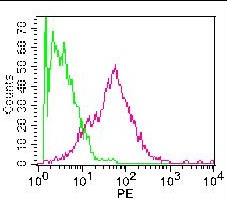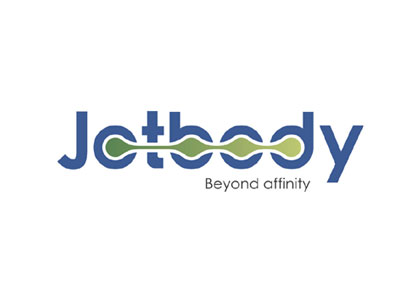Recombinant Human Cytotoxic T-Lymphocyte Protein 4/CTLA-4/CD152 (C-mFc)
Shipping Info:
For estimated delivery dates, please contact us at [email protected]
| Amount : | 50 µg |
| Content : | Lyophilized from a 0.2 µm filtered solution of PBS, pH7.4. |
| AA sequence : | Recombinant Human Cytotoxic T-lymphocyte Protein 4 is produced by our Mammalian expression system and the target gene encoding Lys36-Asp161 is expressed with a mFc tag at the C-terminus. |
| Alternative Name : | Cytotoxic T-lymphocyte protein 4;Cytotoxic T-lymphocyte-associated antigen 4;CTLA4;CD152 |
Source : Human Cells;
Cytotoxic Tlymphocyte 4(CTLA-4,CD152), is a type I transmembrane T cell inhibitory molecule that is a member of the Ig superfamily. Human or mouse CTLA4 cDNA encodes 223 amino acids (aa) including a 35 aa signal sequence, a 126 aa extracellular domain (ECD) with one Ig-like V-type domain, a 21 aa transmembrane (TM) sequence, and a 41 aa cytoplasmic sequence.It is widely expressed with highest levels in lymphoid tissues. CD28 and CTLA-4, together with their ligands, B7-1 and B7-2, constitute one of the dominant costimulatory pathways that regulate T and B cell responses. CD28 and CTLA-4 are structurally homologous molecules that are members of the immunoglobulin (Ig) gene superfamily. CTLA4 transmits an inhibitory signal to T cells, whereas CD28 transmits a stimulatory signal. Intracellular CTLA4 is also found in regulatory T Cells and may play an important role in their functions. Tcell activation through the Tcell receptor and CD28 leads to increased expression of CTLA4.
Cytotoxic Tlymphocyte 4(CTLA-4,CD152), is a type I transmembrane T cell inhibitory molecule that is a member of the Ig superfamily. Human or mouse CTLA4 cDNA encodes 223 amino acids (aa) including a 35 aa signal sequence, a 126 aa extracellular domain (ECD) with one Ig-like V-type domain, a 21 aa transmembrane (TM) sequence, and a 41 aa cytoplasmic sequence.It is widely expressed with highest levels in lymphoid tissues. CD28 and CTLA-4, together with their ligands, B7-1 and B7-2, constitute one of the dominant costimulatory pathways that regulate T and B cell responses. CD28 and CTLA-4 are structurally homologous molecules that are members of the immunoglobulin (Ig) gene superfamily. CTLA4 transmits an inhibitory signal to T cells, whereas CD28 transmits a stimulatory signal. Intracellular CTLA4 is also found in regulatory T Cells and may play an important role in their functions. Tcell activation through the Tcell receptor and CD28 leads to increased expression of CTLA4.
|
There are currently no product reviews
|
















.png)









